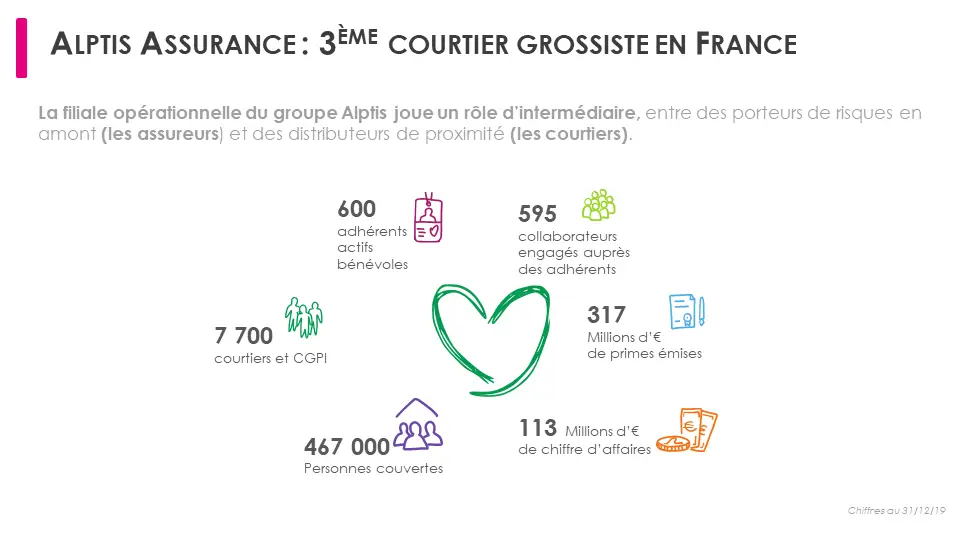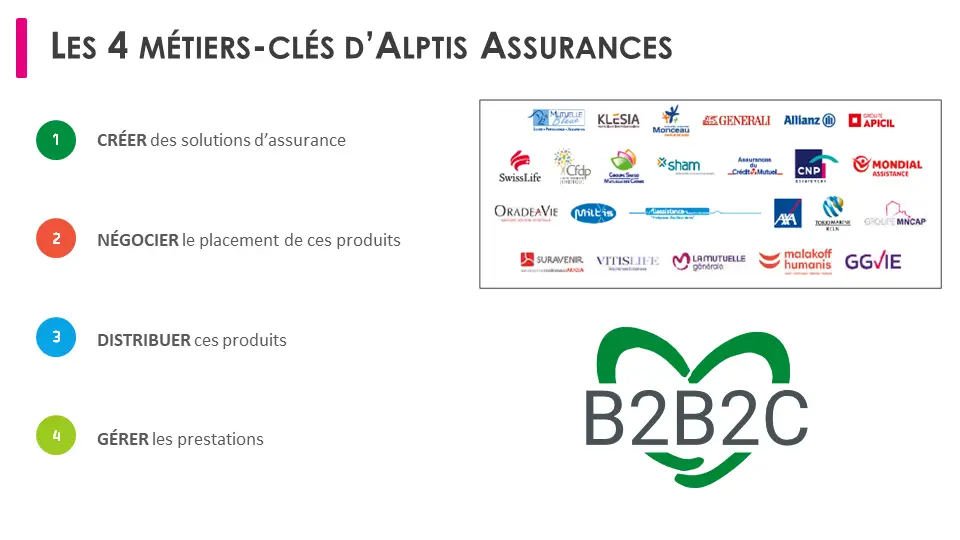The role and missions of the PMO in 5 questions | Exclusive interview with Alptis Assurances

Are you wondering how to set up a PMO (project management office) within your organization? Learn from the experience of Alptis Assurances, a specialist in supplementary health, loan insurance and provident services. The implementation of the ISO standard at Alptis a few years ago led to major work on all the company's processes, in order tosupport the company's development. Nevertheless, how can we perform without a clear and precise vision of our project portfolio? And what's more, risk a breakdown in the dialogue between the management committee and the project teams? That's where the creation of the Project Management Office (PMO) comes in. This creates a facilitating, cross-functional role within the organization.
In this article, we'll help you define the role of the PMO, and the tools needed to manage its missions. You can also watch the replay of the Alptis Assurances PMO interview below.
Discover the keys to understanding the Project Management Office in this article:
- What is PMO?
- What are the steps involved in setting up a PMO?
- How does the PMO provide a framework for project teams?
- How do you manage change?
- What are the PMO tools?
Exclusive interview with Alptis Assurances PMO, Joseph Pares, in charge of project and portfolio management.
1. What is PMO?
PMO stands for Project Management Office. The PMO is a department within the organization responsible for project management processes. It provides guidance and management support for the organization's projects, programs and portfolios.
Firstly, an entry point as soon as you ask yourself a "project" question
The PMO plays a central role in the company, between general management, business line management, CIO and the finance department. Below is an example of the PMO's organizational chart at Alptis Assurances:
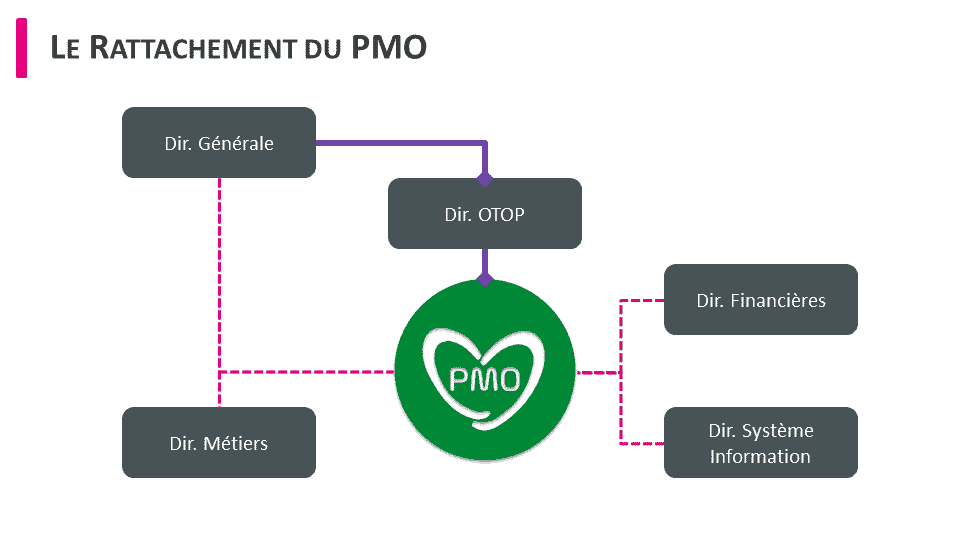
Secondly, the PMO's mission is to lead and coordinate the project life cycle.
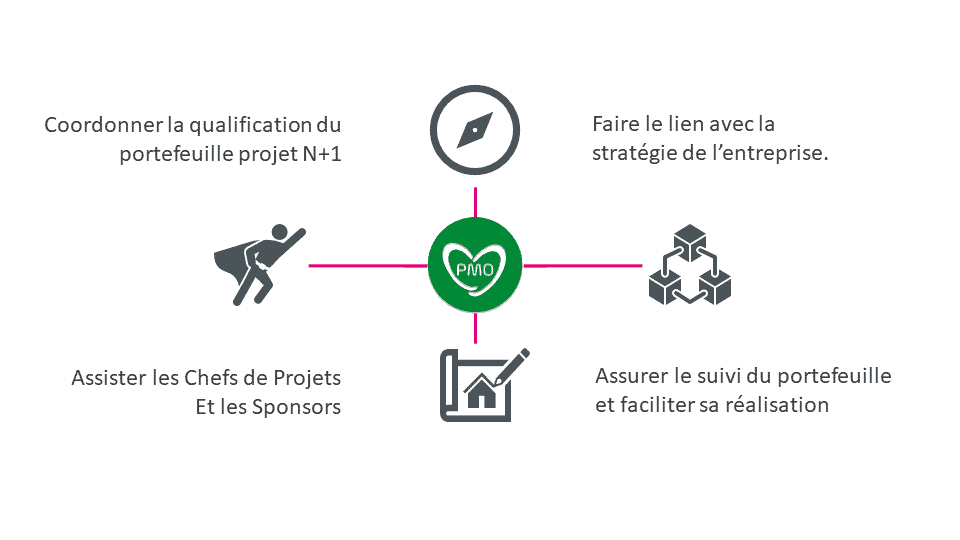
Finally, the PMO is at the heart of Project Portfolio Governance.
The PMO ensures the quality of the information provided so that management can make the right decisions on projects. Joseph Pares, PMO at Alptis Assurances.
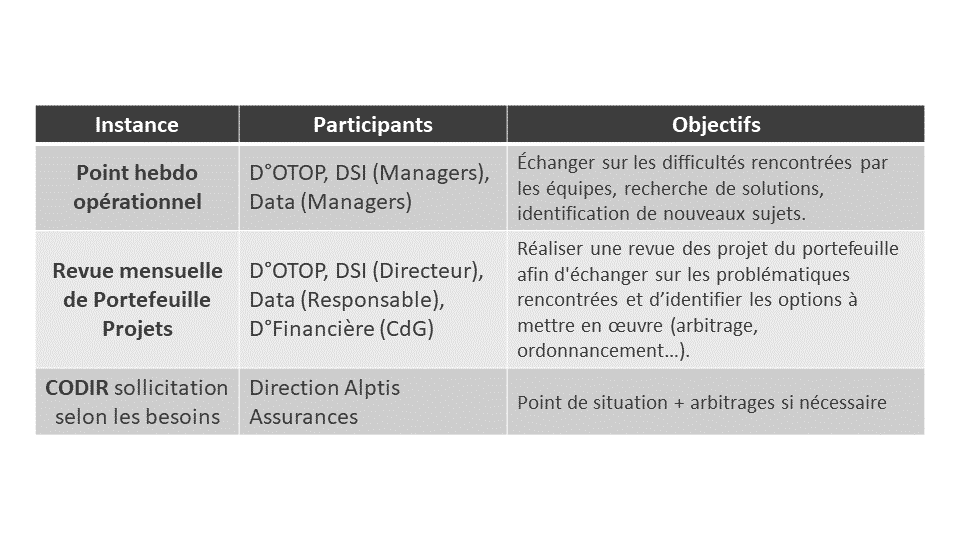
To find out more, read our article on the highlights of a year in the life of a PMO:
2. What are the steps involved in setting up a PMO?
How do you set up a project office? From setting up methodological processes to equipping the unit with tools, how do you ultimately move from project management to project portfolio management?
It all started at Alptis Assurances with the ISO standard, and we worked hard on all our processes to support the company's development. As part of the ISO standard, we defined a project methodology. As a result, this project methodology makes it possible to identify all the common metrics we wish to track within a project portfolio. We need to take into account the company's culture and team organization. This also involves the functions/roles of the employees. For example, an AMOA or Business Analyst who is also a project manager will not have the same appetite for project management. This is why the project methodology aims to define a common reading grid.
All things considered, in this "quest for the hero PMO" 4 highlights were identified on the implementation of the project office at Alptis Assurances:
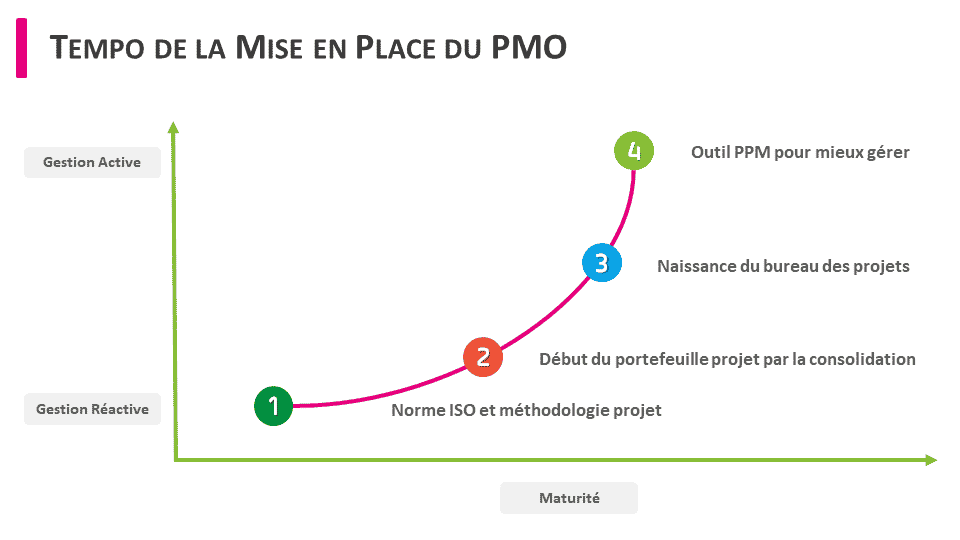
Before setting up a project office, you need to ask yourself some questions about the organization and management of your projects:
- What is the company's project management maturity? Project portfolio?
- Project managers in the organization: do they have a role or a function?
- Projects: what are the common elements? What are we trying to consolidate?
- How many project portfolios? On which perimeters? For whom?
- Positioning of the Project Office ? Decision-maker? Coordinator/Facilitator ?
- What are the key stages in setting up a PMO unit?
3. How does the PMO provide a framework for project teams?
How does the PMO support employees? The PMO helps disseminate a common project management methodology structure. He or she guides employees through the various techniques and methodologies needed to manage all challenges aspects of a project, from intention to completion. Under these conditions, the PMO helps develop a common project language by defining key indicators and metrics so that everyone communicates and consolidates information in the same way. The PMO coordinates the work of various stakeholders, thus facilitating communication.
4. How to manage change?
When we created the processes, we adapted them to the roles of the stakeholders. In fact, the PMO is in direct contact with project managers to take into account their constraints and adapt as best as possible. Whether it's the project methodologies or the PPM tool, the processes are defined as closely as possible to the needs of the project teams and management. We have set up workshops to gather requirements, and created specifications (an important point in aligning the project office and teams). Change management comes naturally when employees are involved from the outset in the choice of tools and methods. Joseph Pares, PMO at Alptis Assurances.
5. What are the PMO tools?
Given its cross-functional role between management and project teams, the PMO needs a range of project management and decision-making tools. For this reason, various functionalities are required: planning solutions, budget and resource management (capacity schedule), project portfolio dashboards and reporting, task management, project tracking... in this respect, some PMOs will manage these needs via Excel or in-house solutions. But what if we told you that there's no need to multiply tools? There is indeed a category of software that centralizes all the functionalities required by the PMO. It's called project portfolio management software, or PPM software. With this in mind, Alptis Assurances has chosen Project Monitor, all-in-one project portfolio management software.
We use Project Monitorproject portfolio management software, to manage activity tracking, capacity schedule, budget tracking and project portfolio reviews for management. As far as the choice of software was concerned, it was the ergonomics and configurability of Project Monitor that won us over. Joseph Pares, PMO of Alptis Assurances.
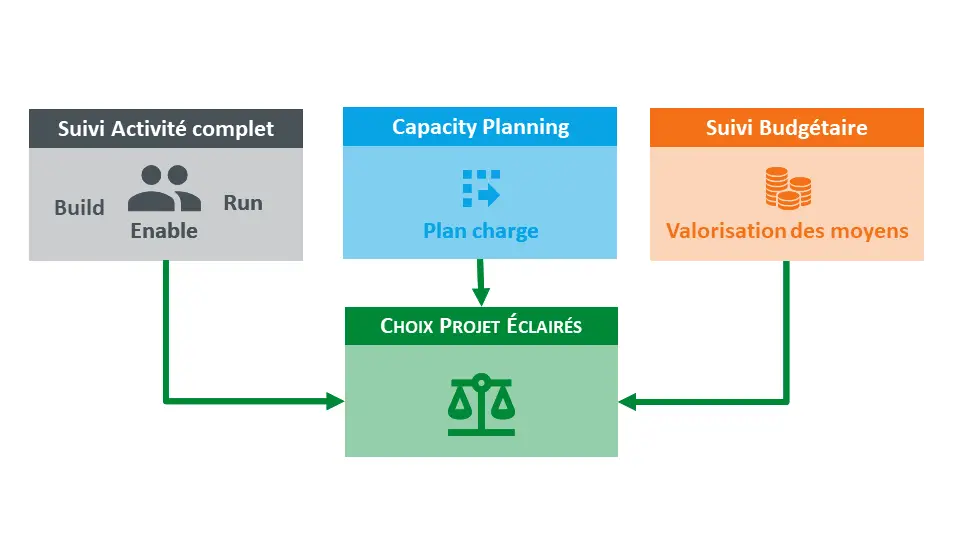
Would you like to find out more about using a PPM tool? How it can help you in your day-to-day work (project portfolio review, resource planning, milestone and phase planning...). Then take part in the next Product Tour! In 30 minutes, discover the key functionalities that our customers appreciate for managing their project portfolios.
30 minutes to find out why switching to a PPM tool is vital to the success of your projects
To sum up, here are some tips to support your PMO implementation process
- Identify the practices and tools currently used in your organization, and how the various stakeholders interact.
- Involve future users in defining the specifications for the choice of project portfolio management tool. The idea is to fully understand the problems they face, and what their expectations are.
- Provide a common thread between project teams and management. What information do you need to consolidate? How can we facilitate decision-making?
- Define steps for implementation: analysis of practices, methodologies, planning, choice of tool (workshops, specifications, training).
Further reading: PMO articles & resources
Find out more about Alptis Assurances: supplementary health insurance, loan insurance and provident insurance
This webinar was co-hosted with Alptis Assurances. The Alptis model was born in 1976 as an association, created in Lyon by self-employed workers, to find insurance solutions tailored to their needs. Today, the group protects over 450,000 people (individuals, self-employed workers and companies).
